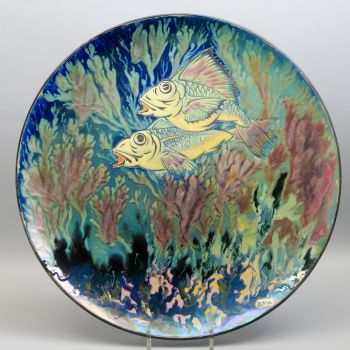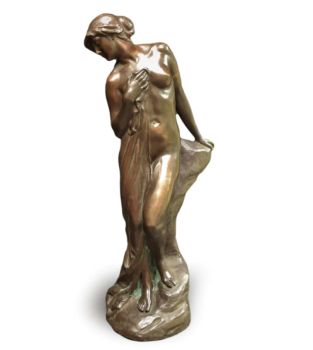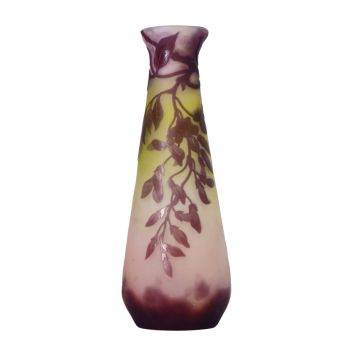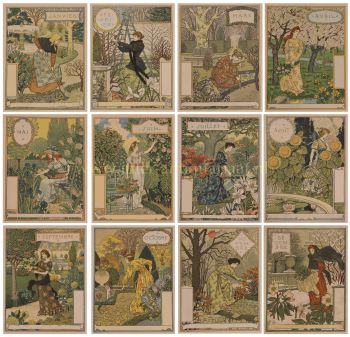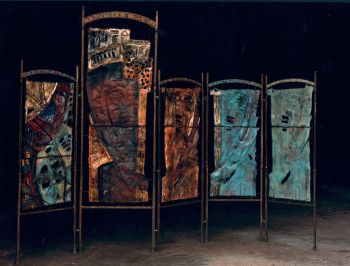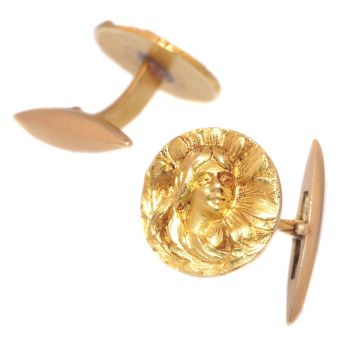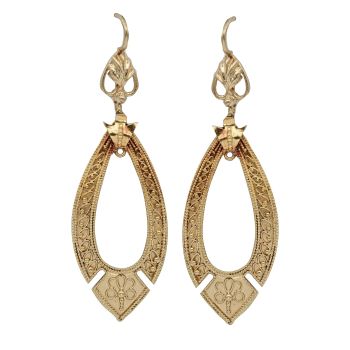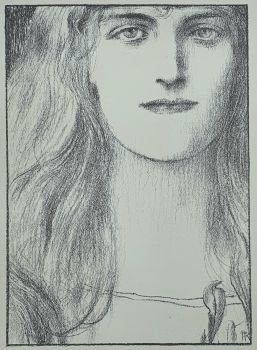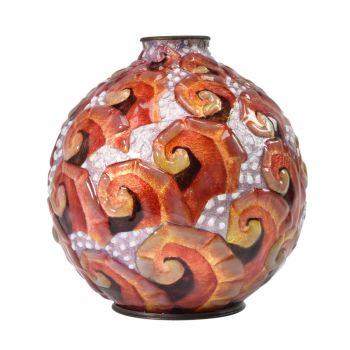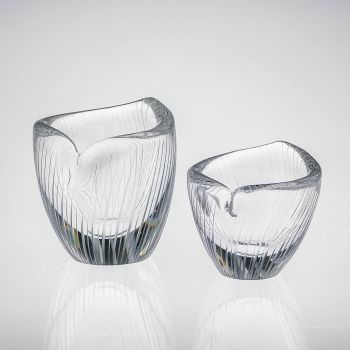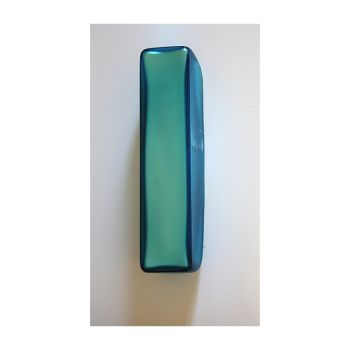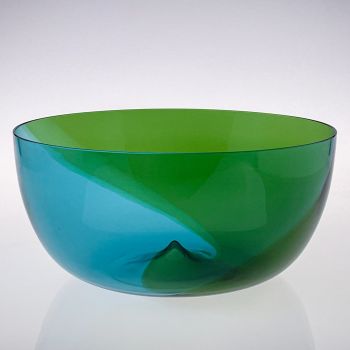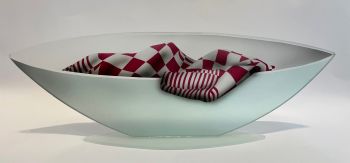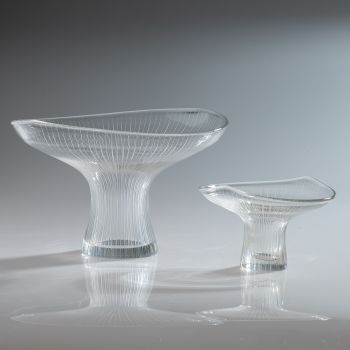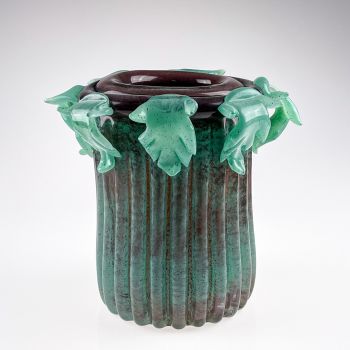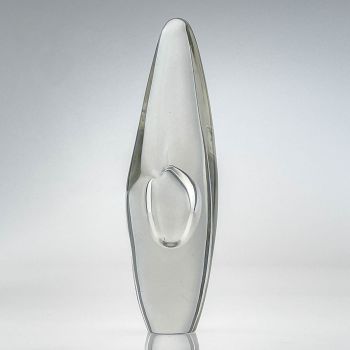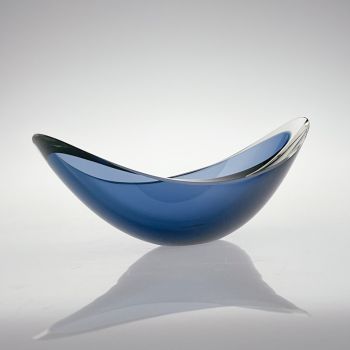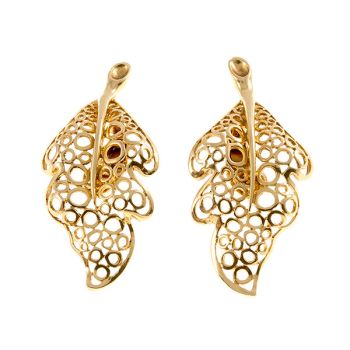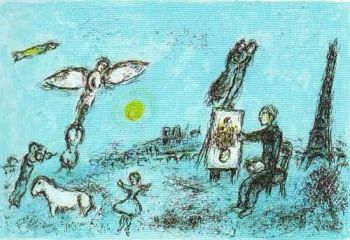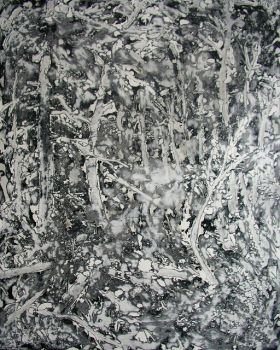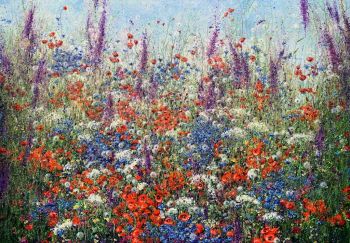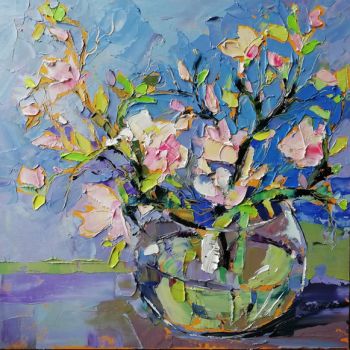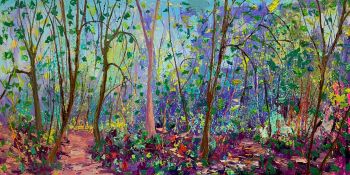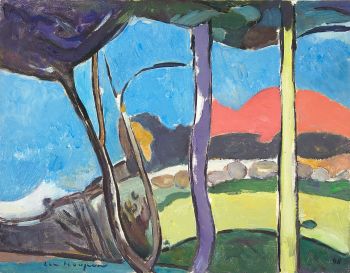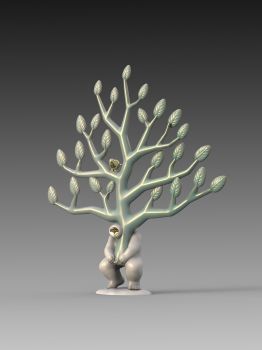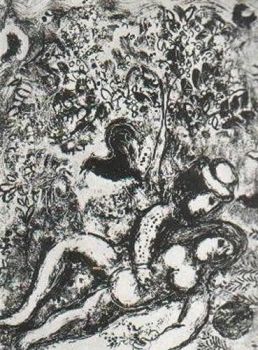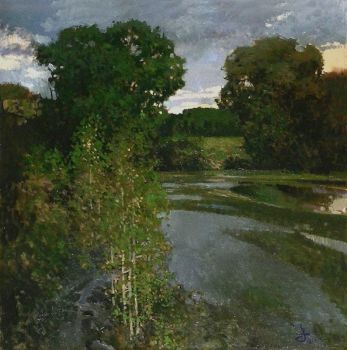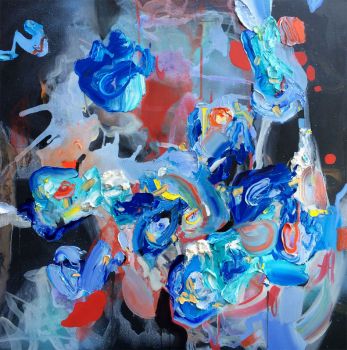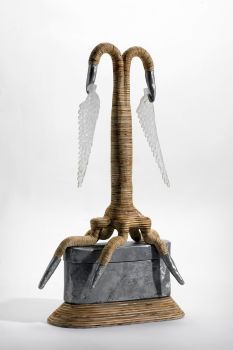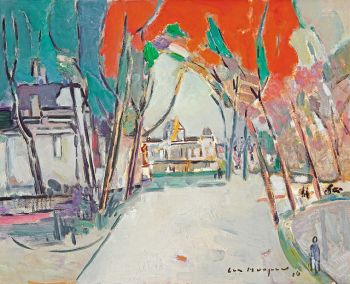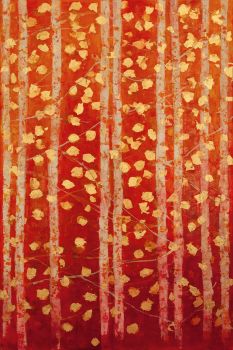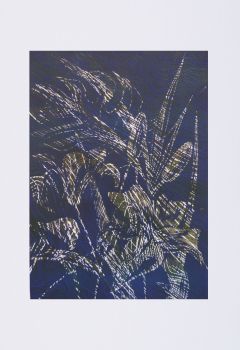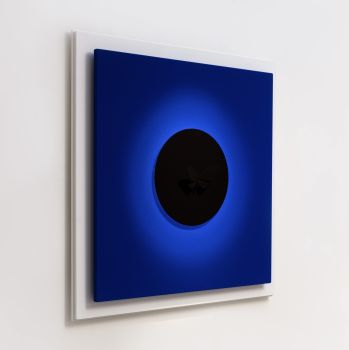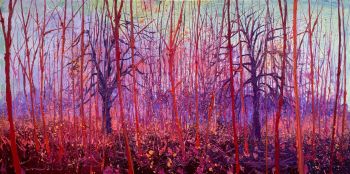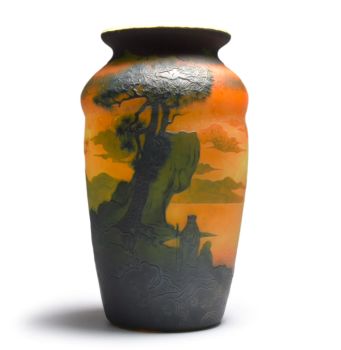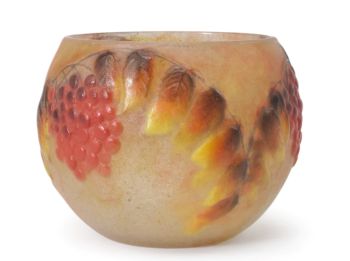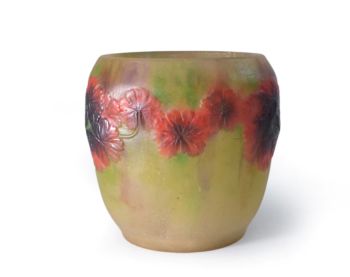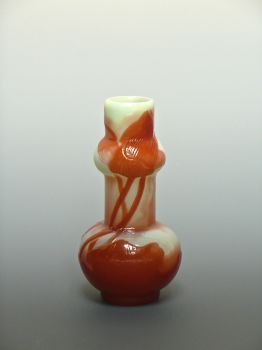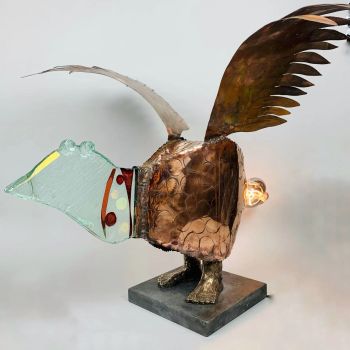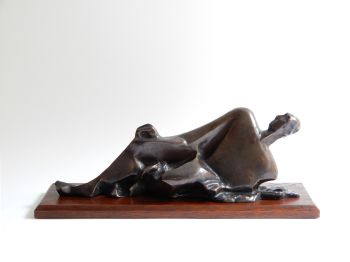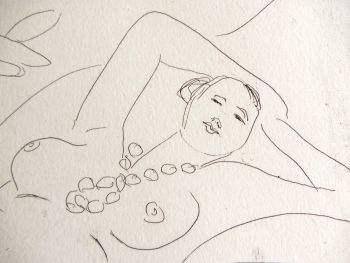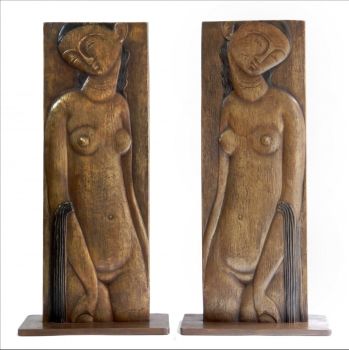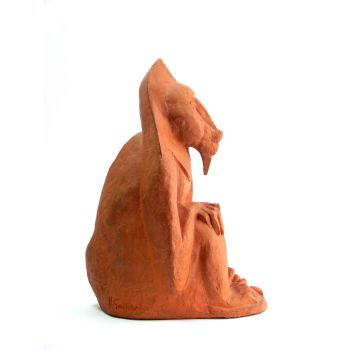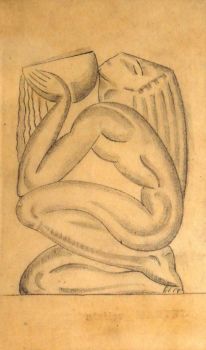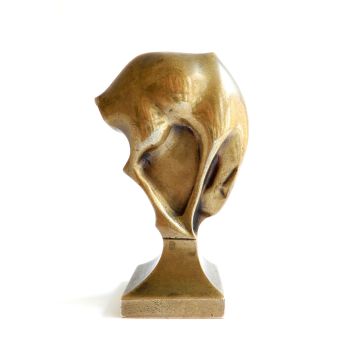Art Nouveau relief with twigs and berries 1900 - 1920
Amalric Walter
Pâte de VerreVidrio
20 ⨯ 18 ⨯ 3 cm
ConditionNear mint
Precio a consultar
Dille Art
- Sobre la obra de arteThis relief, featuring delicate twigs and berries, stands as an exceptional and rare piece by Amalric Walter. Providing insight into the artist's creative journey, Walter, originally trained as a ceramicist in Sèvres, quickly garnered recognition as a skilled glass artist.
His fascination with glass, particularly his experimentation with the rediscovered pâte de verre, led Antonin Daum to invite him to Nancy in the early 1900s to further refine the technique. Walter was granted his own workshop and furnace, initiating his pursuit of crafting exquisite vases, vide-poches, and figurines, a venture that ultimately propelled him to international fame alongside Henri Bergé, the designer behind his creations.
This specific relief signifies a rare window into the early stages of Walter's artistic evolution. Employing a meticulous process, he fashioned a mould and intricately arranged twigs and berries within it using pâte de verre, even partially translucent, with a crystal-like appearance and marbled hues.
The intricacy of this undertaking is highlighted by the uneven form and varied thicknesses. Nevertheless, the charm of the piece lies in the clear visibility of each twig, berry, and leaf.
Walter's artistic finesse is further accentuated by his thoughtful touches, such as painting the berries with red enamel and selectively adding a subtle shine to the twigs.
The result is a unique relief inspired by nature with distinct Art Nouveau influences. The relief is signed with his characteristic signature 'A. Walter, Nancy.'
The condition is excellent; there are irregularities in the glass due to the mould, such as numerous small air bubbles at the back, which is entirely normal for the manufacturing process. However, there are no damages such as chips, polishing, cracks, or any other issues. One of the photos shows the back with light shining through, providing a beautiful view of the glass. It measures 18.5 x 20 cm
Biography:
Amalric Walter (France, 1870-1959) was a very good glassmaker who was originally trained as a ceramist in Sèvres. He was already experimenting with pâte de verre when Antonin Daum persuaded him to join Daum to further develop the making of vases and figures in the difficult, newly rediscovered pâte de verre. Which he did, with great success. The beginning however was difficult, he got his own room and oven at Daum for his experiments. His first success were the Tanagra dancers, very popular at the time. They were still monotonous in colour, often light browns.
Later he worked closely with Daum's chief designer Henri Bergé (1868-1936). He also taught applied arts at the École professionnelle de l'Est.
Bergé designed all kinds of small utensils for Walter, often in a colourful palette. They became good friends.
From 1919 to 1935 Walter worked as a self-employed person and started his own studio. He then continued to collaborate with Henri Bergé, he also collaborated with various other artists.
Bergé died in 1936, which had a major influence on Amalric Walter, he himself was already visually impaired, in 1953 he was even completely blind.
Walter is best known for his animal figures made of glass paste, but also for his vide poches, inkwells, boxes and paperweights, often decorated with all kinds of animals such as butterflies, insects, lizards and flowers. Also very known are his various pendants, these were often worn with a silk cord by the most modern ladies from the better circles in the 1920's.
Besides Henry Bergé Walter also worked with other artists.
Amalric Walter did not have a high production, each design was made in small editions, partly because of this his work is sought after and can be found in various private and museum collections.
Literature:
- François le Tacon & Jean Hurstel; 'Amalric Walter, Maître de la pâte de verre', Edition Serpenoise, Metz Cedex.
- Philippe Olland; 'Dictionnaire des Maîtres Verriers de l'Art Nouveau á l'Art Déco Marques & signatures, Éditions Faton 2016. P.326-331.
- Victor Arwas, 'Glass, Art Nouveau to Art Deco', Academy Editions London 1987. P. 353-359.
- 'What is art nouveau & art deco waard', part I&II, editors Rob Zeegers Janny Stuurman-Aalbers and Reinold Stuurman, Publisher Scriptum Art , Schiedam, NL and Snoeck-Ducaju & Zoon, Ghent, Belgium, 2001. Part II, p . 110, 229, 322. - Sobre el artista
Amalric Walter (Francia, 1870-1959) era un muy buen vidriero que se formó originalmente como ceramista en Sèvre, Daum lo persuadió para que viniera a trabajar con ellos y desarrollara la fabricación de jarrones y figuras en la difícil y recién redescubierta pâte de noche. , lo que ha hecho con gran éxito y especialmente en colaboración con Henri Bergé.
De 1919 a 1935, Walter trabajó como autónomo y abrió su propio estudio. También siguió trabajando mucho con Henri Bergé, pero también colaboró con varios otros artistas.
Walter es más conocido por sus figuras de animales hechas de pasta de vidrio, pero también por utensilios más pequeños como este vide poche, también ha hecho varios colgantes que a menudo fueron usados con un cordón de seda por las damas más modernas de los mejores círculos, 1920.
Amalric Walter no tuvo una alta producción, cada diseño se realizó en pequeñas ediciones, en parte por esto su obra es buscada y se puede encontrar en diversas colecciones privadas y de museos.
¿Está interesado en comprar esta obra de arte?
Artwork details
Related artworks
Amalric Walter
Amalric Walter & Henri Bergé – Crabe plumier1920 - 1929
Precio a consultarAntiques Emporium
1 - 1 / 1- 1 - 4 / 24
Frères Daum
Daum Nancy – “Paysage Soleil Couchant” vase with two applied handles1900 - 1910
Precio a consultarAntiques Emporium
1 - 4 / 24- 1 - 4 / 24
Amalric Walter
Amalric Walter & Henri Bergé – Crabe plumier1920 - 1929
Precio a consultarAntiques Emporium
Gabriel Argy-Rousseau
Gabriël Argy-Rousseau – Crabes et Algues vase – 19201920 - 1929
Precio a consultarAntiques Emporium
1 - 4 / 24- 1 - 4 / 12








